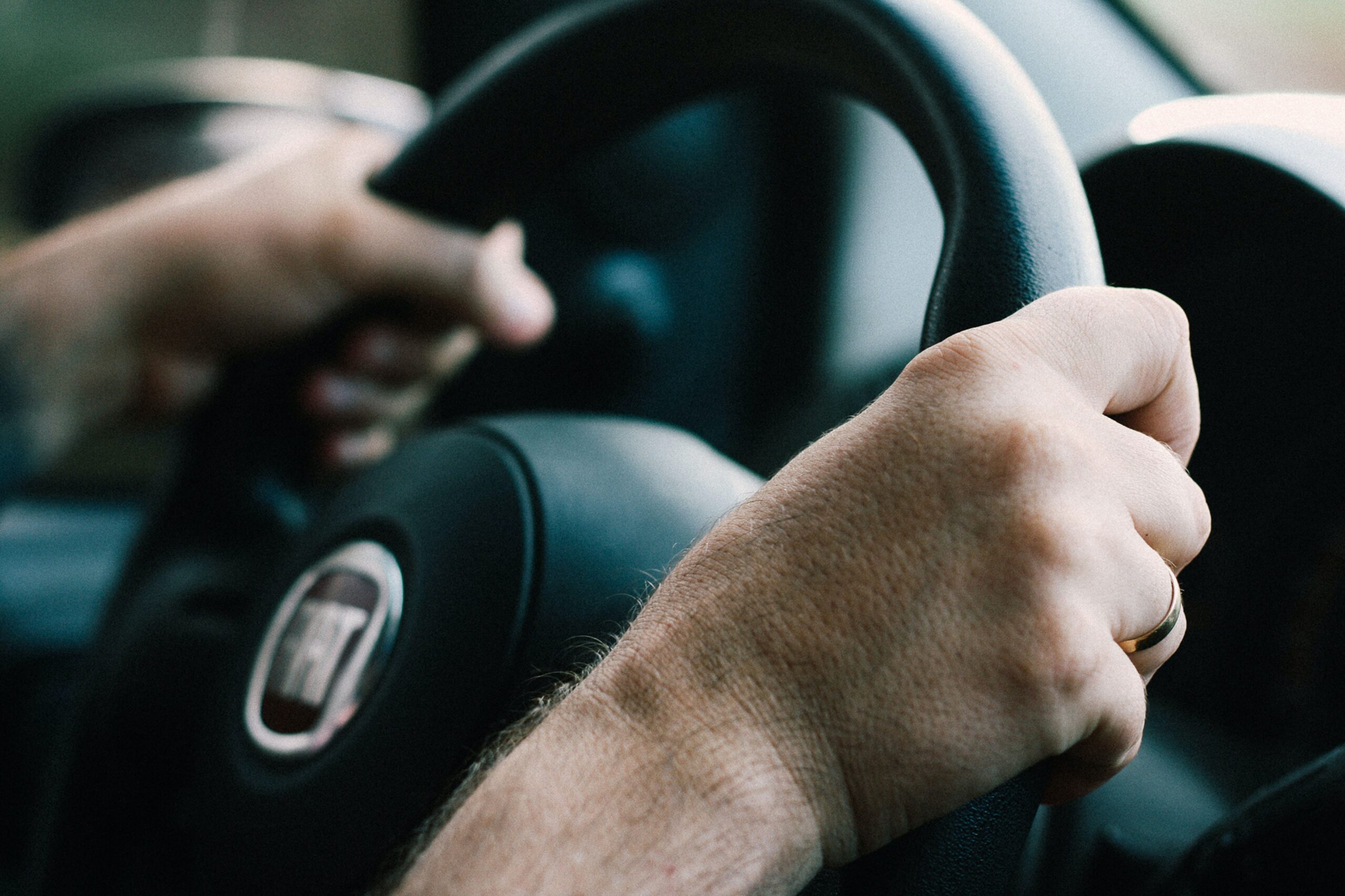What Is Defensive Driving?
Many Americans learn driving skills in a driver’s education class, but far too few learn the importance and benefits of defensive driving. Defensive driving techniques are crucial skills for navigating the road safely throughout your life, especially if there are dangerous drivers on the road with you or environmental hazards you need to avoid.
Today, let’s break down defensive driving in detail. We’ll go over defensive driving tips, why these driving practices are so important, and the benefits you’ll see once you start practicing them every time you get behind the wheel.
Defensive Driving Explained
In a nutshell, defensive driving means driving in a style that minimizes your exposure to hazards and maximizes driver safety. It isn’t concerned with going over the speed limit, being first, reacting to the actions of others, or driving in any way that increases the chance of an accident on the road.
Defensive driving includes both certain specific strategies and techniques along with a general defensive driving mindset. To be a better defensive driver, you have to drive without your ego and without responding to aggressive or harsh driving actions from others.
Key Factors of Defensive Driving
Defensive driving courses and the philosophy overall include several key factors, focuses, and ideas. Let’s look at these one by one.
Traffic Laws
To be a good defensive driver, you need to know the traffic laws of your state and the general rules of the road. Different states may have different traffic laws, which can impact whether you drive safely or if you cause confusion among drivers near you.
Road Conditions and Weather Conditions
Of course, road safety also means knowing how to read traffic conditions, especially the behavior of other drivers. Traffic conditions can include everything from the state of the road to the weather around you to how many cars are on the road at the same time.
For example, experienced defensive drivers know how to read the road and determine whether hydroplaning is a potential issue. Hydroplaning means your car’s wheels leave the road momentarily due to an excess of water on the asphalt. If you know how to read the road and detect hydroplaning risks, you can slow down and prevent it from happening in the first place.
Psychological Elements
Being a good defensive driver also means understanding the different psychological elements that can impact roadside safety. For example, knowing how to recognize road rage or unsafe drivers — and how to get out of their way without engaging with them — is vital if you wish to avoid accidents.
Defensive driving courses usually go over the potential hazards of alcohol and other drugs while behind the wheel, as well as cell phone use. These courses will break down why it’s never a good idea to get behind the wheel after having even one drink and how to recognize the movements or behavior of a drunk driver on the road at the same time as you.
Crash Dynamics
Defensive driving includes an understanding of crash dynamics. Vehicle size, speed, and place of impact can affect how a crash ultimately turns out and its total danger to vehicle occupants or pedestrians.
Many defensive driving courses address vehicle crashes, second collision threats, and more so you know how to react if you are ever involved in an accident. Practicing these skills is important since you’ll be unable to think step by step in the moment of an accident. You’ll have to rely on instinct and ingrained techniques learned in defensive driving classes.
Safety Equipment Education
Defensive driving school from the DMV often goes over safety equipment for your motor vehicle in driving lessons, such as seatbelts and more. Some defensive driving courses also include lessons on things like airbags, headrests, and child safety seats. Naturally, this can be important information if you have a child and wish to drive safely with them in the car.
Driving Techniques
Lastly, defensive driving incorporates various driving techniques. These safe driving techniques include but are not limited to:
- Practicing the two-second rule to allow yourself enough time to react if a car in front of you brakes suddenly
- Knowledge of your vehicle’s stopping distance and reaction time
- Knowing how to share the road with bigger vehicles
- Knowing how to pass safely and with enough distance between you and other vehicles
- Using right-of-way rules properly
- Knowing how to make quick speed adjustments to avoid hazards
- And more
Fortunately, safe driving or defensive driving courses include each of these factors and more. Taking a defensive driving course is the best way to make sure you understand each of these elements and that you become a safe driver sooner rather than later.
Why Is Defensive Driving Important?
Defensive driving is so important because:
- It minimizes the odds of an accident
- It protects you and anyone else in your vehicle, plus protects other drivers on the road
- It ensures that everyone gets to their destinations safely
If everyone practiced defensive driving perfectly, there would be very few accidents, if any at all. Therefore, it’s a good idea to know how to drive defensively if you plan to drive in the future. It’s especially important if you regularly drive in areas with a lot of heavy traffic or roadside hazards.
For example, you need to know how to drive defensively:
- In inclement weather, like a rainstorm or snowstorm
- In crowded city streets, especially in bustling metropolises like New York City
- On the freeway, where cars go very quickly and where lane changes can happen almost instantaneously
- If you drive with children in the vehicle with you
Defensive Driving Benefits
When you learn how to drive defensively, you’ll receive several important benefits aside from greater safety for you and your family. These benefits include:
- A reduction of any points accrued on your driver’s license if you received a ticket in the past
- A potential decreasing your insurance rates or premiums. If you take a defensive driving course and pass it in certain states, you could see up to a 10% reduction in your insurance rates for between three and five years
- Better knowledge of roadside hazards and a better understanding of driving behavior in psychology
- More peace of mind. When your good defensive driver, you become confident in your ability to handle aggressive or unsafe drivers near you
Over time, you’ll also increase your safe driving record. A better safe driving record means you’ll get access to better insurance, better rental car options, and many other benefits.
Perhaps most important of all, defensive driving could provide long-term benefits for your health and finances. If you drive defensively, you’ll get in fewer accidents.
Summary
Overall, defensive driving is something every driver should practice regardless of whether they have passengers in the vehicle with them or not. Defensive driving provides tangible physical benefits like insurance discounts and lowers the likelihood of getting into an accident.
Plus, a good driving history makes it easier for you to rent the perfect vehicle for your needs. When you rent with Advantage Rent-a-Car, you can check out a diverse fleet of rental vehicles ranging from basic sedans to convertibles to luxury cars and more. Contact us today for more information!
Sources:
The Keys to Defensive Driving (for Teens) | Nemours KidsHealth
Defensive Driving – Colorado Safety Association | Coloradosafety
NSC Defensive Driving Safety Training | NSC




